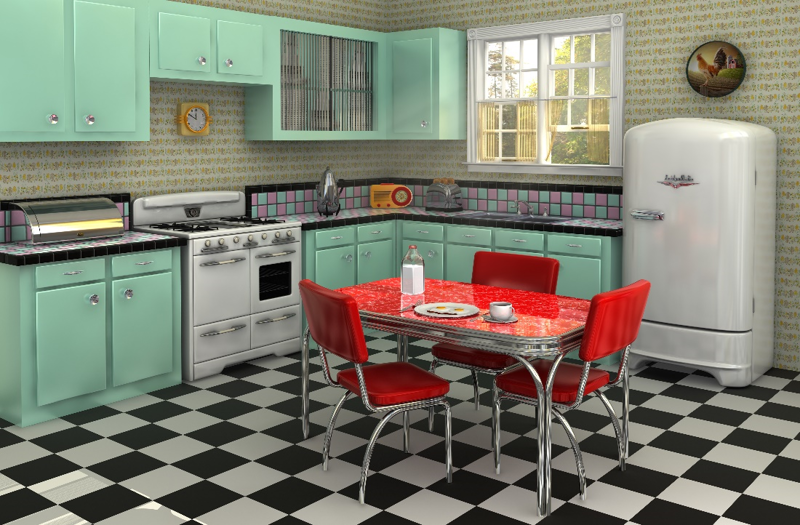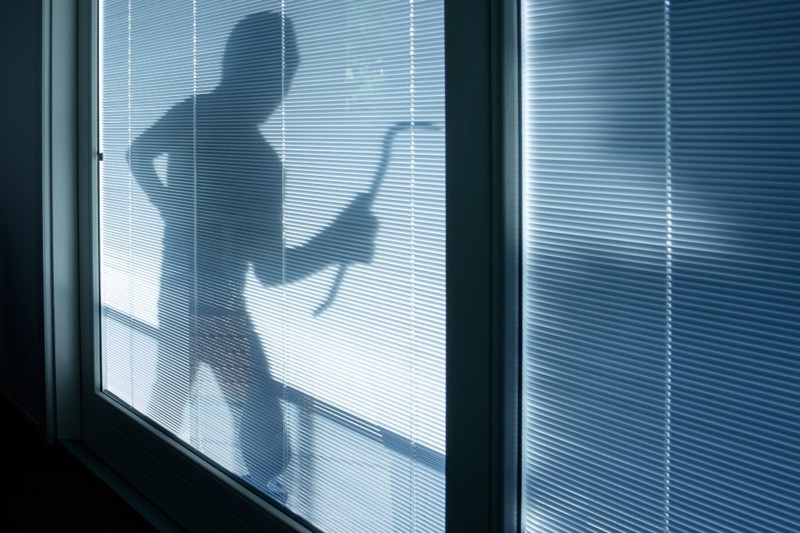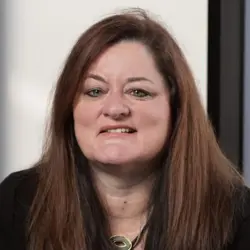Your New SharePoint House: Building a Home That You Can Live In!
In this series, Your New SharePoint House, we will explore the considerations you will encounter when making the transition to the cloud and discuss best practices for helping your organization move, or reimagine, your current technology environment. We’ll also learn how to ensure that Susie, John, and Bob (i.e., your users) are all right there with you…ready to pack their boxes and move into the new house.
Imagine yourself in your current home. Maybe you’ve been there for a long time. You know this house. Sure, it’s a little run down, but you’ve been there for years. You know where to find everything (well, most everything!). It’s evolved with you over time and maybe you have a lot of stuff you’ve accumulated over that time. You’re fine with it just the way it is.
Now, imagine that someone shows up, unannounced, and knocks on your door. They say this home is now being condemned. The bad news is that it’s no longer safe to be here and you have to move. The good news is that they are giving you a newer, updated home in a brand-new neighborhood. How would you react to that?
Who is moving with you? Susie might be excited to have a new, fresh start in a brand-new home with the potential to add all the greatest innovations. John might be a little nervous about leaving their comfort zone but open to see the possibilities. It might just take a little nudge to win them over. And finally, you have Bobby who will downright dig in their heels, barricade their doors, and refuse to leave until you physically make them.
In the world of computing, that old house could be the 1950s version with the turquoise phone hanging on the wall, two-pronged outlets and an antenna on the roof. An on-premises, server-based environment where the wiring can be a little fritzy and requires a LOT of spackle, paint, and upkeep. Space is limited but we make do. It’s still livable, so we stay there. SharePoint 2010 on-prem is still out there.

Some may live in a little newer house. Maybe they have oak cabinets, laminate flooring, and earth-toned carpeting. They may have made some little upgrades along the way, but retrofitting for all the newest innovations would take a LOT of work and isn’t really supported by the way the house was originally built. Sure, it was great at the time, but they’ve outgrown it. SharePoint 2013 on-premises has evolved over time into SharePoint 2019. Features have been added, but is it really the best place to be?
How comfortable would you be to move into a new home, sight-unseen, trusting that someone else had made decisions on your behalf about what type of home you needed? Probably not very.
The cloud is the cloud, but let’s be real. We might call it Teams, we might call it OneDrive, but at the core of the Microsoft 365 solution it’s all…SharePoint. To be specific, SharePoint Online. OneDrive is just the personal version of a SharePoint library. Teams files are not stored in Teams…they are in SharePoint! Let’s call it what it is and move on: When you move to the cloud, your new house is in SharePoint.

By contrast, the new house is a smart house with an open floor plan, plenty of space for everyone and all the latest SMART innovations built in. It’s turn-key, move in ready! Someone else already built it for us. Need some more room? BAM! It’s added on. Latest and greatest technology innovations are constantly being added. We should be excited, right?
How comfortable would you be to move into a new home, sight-unseen, trusting that someone else had made decisions on your behalf about what type of home you needed? Probably not very. But that’s what I see all too often when working with my clients as organizations make executive decisions around their digital transformation efforts. The decision is made to move to the cloud and everyone is notified, a deadline set. We are kicking you out and the movers are showing up on [this day] to pack up your stuff and move it for you. Now, sometimes this works just fine. In my experience, though, most of the time it fails miserably because the people being moved are ill-prepared, unwilling, or outright resistant.
Why do these abrupt moves fail? Explaining those failures, as well as how to avoid them and make a smooth transition to the cloud, is what this series is all about.
Start With the Why
To kick off this series, let’s start with the why of moving your digital home. As humans, we aren’t always accepting of just what or how things are happening; we need to understand the why. At three years old we are more vocal about it, but even as adults we are more motivated by the why than the what or the how.

When looking for a new residence, where do you start? Are you moving just for the sake of packing up your stuff and moving somewhere else? Most likely not. My husband and I never fight more than when we are moving. It’s painful. What would motivate us to move? Here are three common motivations in both the digital and the physical world:
- Our house is too small.
- The neighborhood is unsafe.
- Our needs have changed.
Our House Is Too Small
On-premises, server-based environments have a limited amount of space. Sure, we can add on, but there is a finite lifespan for the hardware. Eventually, it will fail, and critical data will be lost. You can create backup solutions, additional storage, but then you have to remember what is where.
Are your priceless belongings in the den or in the storage unit? How safe is the storage unit? Someone could break into that storage unit and steal your stuff. Content that is decentralized is harder to maintain and keep safe. Why pay $200 a month for a storage unit when you can have plenty of space in your brand-new house for the same mortgage or possibly even less? Time to MOVE!

The Neighborhood Is Unsafe
We’ve lived in our house for over 20 years and the neighborhood ain’t what it used to be. I never used to have to worry about my kids playing outside or if I left my garage door open. We trusted and watched over each other. Most of those neighbors have moved away and rented their homes. I don’t know these people. I’ve had stuff stolen and witnessed loud, destructive parties happening. There are bad guys out there that wiggle my car door handles in the middle of the night or steal tools out of open garage doors. I know because the cameras and security system caught them. Did I mention that the new house is in a gated community with state-of-the-art security systems? Someone is always watching to make sure you didn’t leave the garage door open and the bad guys don’t get into your house. Time to MOVE!

In our digital world, keeping up with the ever-changing security requirements is a constant. I’m so grateful for the professionals who choose security and compliance as their superpower. Can you imagine trying to keep your family and belongings safe in a house where someone is persistently trying to get inside and raid your stuff? There’s always someone seeing if your door is unlocked or a window is cracked open. Cyber criminals are constantly looking for vulnerabilities in your system, and unless you have the latest and greatest in security systems, they are going to find a way in. Older architecture is difficult to keep up to date and leaves you open to security breaches.
Our Needs Have Changed
When you moved into your current house, did you think you had everything figured out? Did you anticipate every nuance and look five, 10 or 20 years into the future? Probably not. Maybe you had more children than you expected. You might have taken up some hobbies that changed your requirements. Maybe you’ve moved on to being empty nesters and no longer need all those rooms.
Just like families, organizations and business processes change. More changes have happened in the last three years than we ever thought possible or could have ever imagined. Cloud environments provide the flexibility needed to right-size for your organization as needed. There are entire teams dedicated to innovating and updating based on the demand of their consumers. Time to MOVE!
Conclusion
What are your motivating factors? Have they been communicated to the people being affected by the decision to make the MOVE? Later in this series, I will continue to explore the many considerations for helping your users embrace the transition to the cloud and be packed and ready to move. For now, just remember that they will appreciate – and respond better to – an explanation of why you’re making the move.
Stay tuned for more in this series of best practices for planning and moving into the cloud, or, if you are already there, learn how you can help your organization reimagine and succeed in the cloud.


